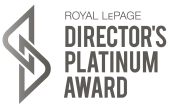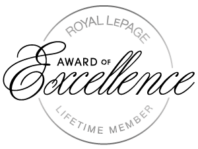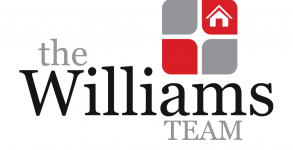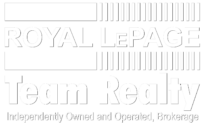Buying Rural Property and Why It Is Critical to Test Your Well Water for Contamination
When purchasing rural property it is critical that your Offer to Purchase contain provisions for the testing of the property’s water supply to ensure that it is safe for human consumption and usage. Your Royal LePage Sales Representative will advise of areas around the Ottawa Region that are known for water problems and will ensure under all circumstances that the proper clauses needed for the testing of well water are included in your Agreement of Purchase and Sale.
How Can Ground Water Become Contaminated?
Any addition of undesirable substances to groundwater caused by human activities is considered to be contamination. It has often been assumed that contaminants left on or under the ground will stay there.
This has been shown to be wishful thinking. Groundwater often spreads the effects of dumps and spills far beyond the site of the original contamination.
Groundwater contaminants come from two categories of sources: point sources and distributed, or non-point sources.
Point Sources: Landfills, leaking gasoline storage tanks, leaking septic tanks, and accidental spills are examples of point sources. Among the more significant point sources are municipal landfills and industrial waste disposal sites. When either of these occur in or near sand and gravel aquifers, the potential for widespread contamination is the greatest.
Other point sources are individually less significant, but they occur in large numbers across the country. Some of these dangerous and widespread sources of contamination are septic tanks, leaks and spills of petroleum products and of dense industrial organic liquids.
Septic systems are designed so that some of the sewage is degraded in the tank and some is degraded and absorbed by the surrounding sand and subsoil. Contaminants that may enter groundwater from septic systems include bacteria, viruses, detergents, and household cleaners. These can create serious contamination problems
Non Point Sources: Infiltration from farm land treated with pesticides and fertilizers is an example of a non-point source.
Sources of contamination that can cause groundwatercontamination
Point sources
• On-site septic systems
• Leaky tanks or pipelines containing petroleum products
• Leaks or spills of industrial chemicals at manufacturing facilities
• Underground injection wells (industrial waste)
• Municipal landfills
• Livestock wastes
• Leaky sewer lines
• Chemicals used at wood preservation facilities
• Mill tailings in mining areas
• Fly ash from coal-fired power plants
• Sludge disposal areas at petroleum refineries
• Land spreading of sewage or sewage sludge
• Graveyards
• Road salt storage areas
• Wells for disposal of liquid wastes
• Runoff of salt and other chemicals from roads and highways
• Spills related to highway or railway accidents
• Coal tar at old coal gasification sites
• Asphalt production and equipment cleaning sites
Non-point (distributed) sources
• Fertilizers






The trade marks displayed on this site, including CREA®, MLS®, Multiple Listing Service®, and the associated logos and design marks are owned by the Canadian Real Estate Association. REALTOR® is a trade mark of REALTOR® Canada Inc., a corporation owned by Canadian Real Estate Association and the National Association of REALTORS®. Other trade marks may be owned by real estate boards and other third parties. Nothing contained on this site gives any user the right or license to use any trade mark displayed on this site without the express permission of the owner.
powered by WEBKITS





